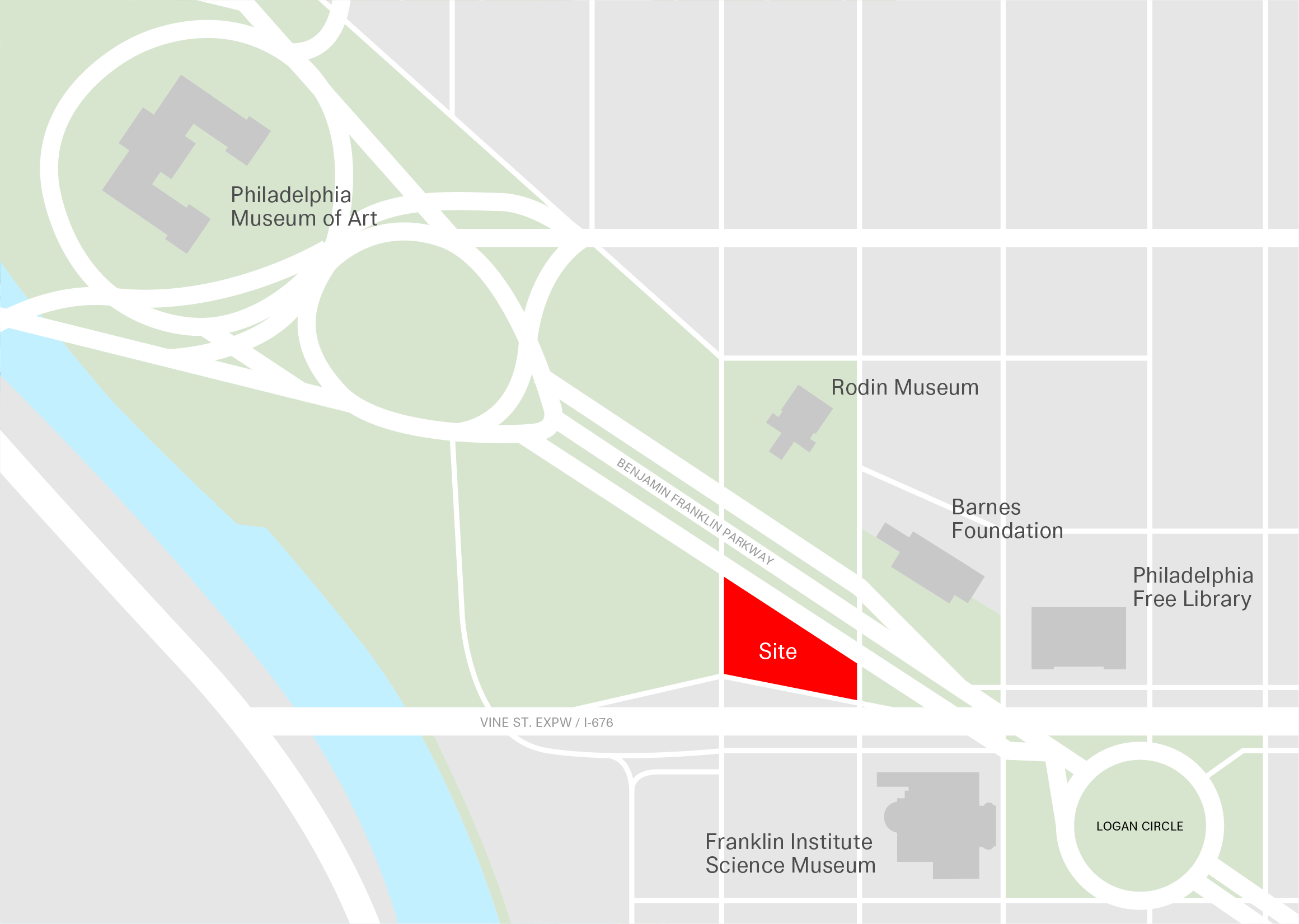The nonprofit Calder Gardens was launched by a group of Philadelphia philanthropists working in collaboration with the Calder Foundation and in partnership with the City of Philadelphia and the Commonwealth of Pennsylvania. The project is now supported by a group of nearly two dozen philanthropists, including the Neubauer Family Foundation, The Pew Charitable Trusts, and the Estate of H.F. Lenfest. Fundraising continues, focused on support for operations and programmatic initiatives.
It is neither. Calder Gardens is a cultural destination designed for visitors to have moments of personal introspection with works of art. The gardens are both literal and metaphorical, a sequence of ever-changing spaces in which to experience Calder’s art.
Alexander Calder was born in Philadelphia, and his connections to the city are grounded in the rich artistic lineage of his family. A trio of sculptures by three generations of Calders can already be found along the Benjamin Franklin Parkway: at the southeast end, atop City Hall, is the artist’s grandfather Alexander Milne Calder’s monumental statue William Penn (c. 1886–94); at the midpoint is Swann Memorial Fountain (1924) by the artist’s father Alexander Stirling Calder; and at the northwest end is Calder’s monumental mobile The Ghost (1964), hanging in the main hall of the Philadelphia Museum of Art. This project celebrates and builds on that legacy.
Calder Gardens is governed by its own board and curatorial committee but will receive administrative, operational, and educational programming support from the Barnes Foundation—a renowned cultural and educational institution—in what constitutes a new model for institutional sustainability and efficiency.
The site is located on the Benjamin Franklin Parkway between 21st and 22nd Streets, across from the Barnes Foundation and the Rodin Museum.

Pritzker Prize–winning design practice Herzog & de Meuron conceived the building, and internationally acclaimed Dutch landscape designer Piet Oudolf envisioned the gardens.
Construction is currently underway. Calder Gardens is scheduled to open in September 2025.